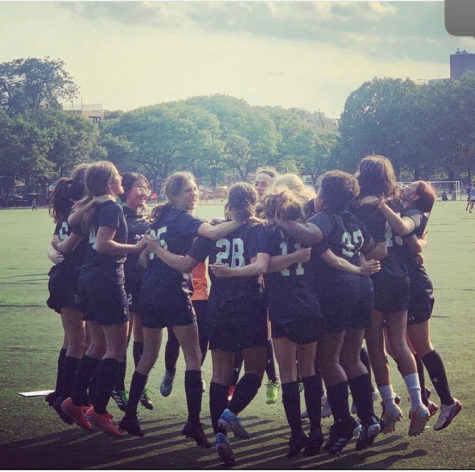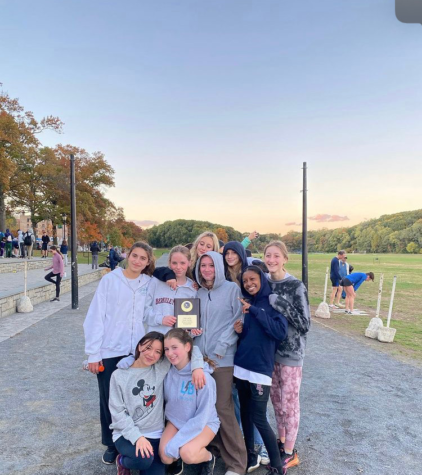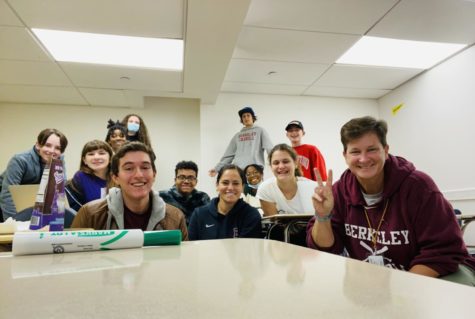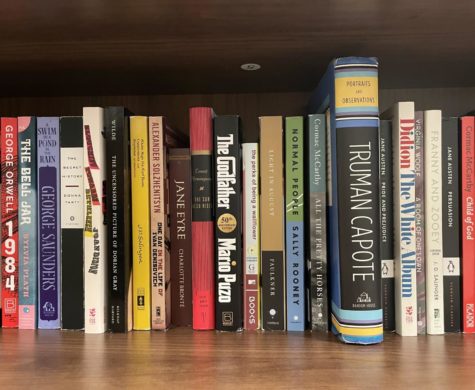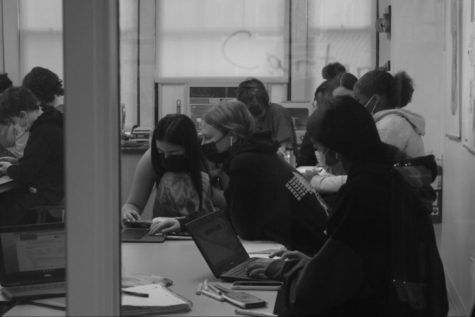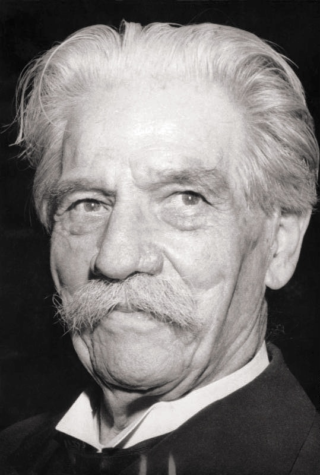How Much Emphasis Does Berkeley Carroll Put on its Athletics Department?
Athletics are vital in our society. They are a pillar of competition and the area in which we push our physical limitations. We honor these qualities by making them part of our traditional schooling structure.
With this knowledge, we wanted to take a closer look at how much emphasis the Berkeley Carroll School puts on its athletic department—more specifically, the conflicting opinions on the matter from the student body and the faculty.
First, we interviewed Mr. Rahmel Huffman, Berkeley Carroll’s Athletic Director. He thinks there is a lot of emphasis on the athletic department, as there is a large ratio of the total students contributing to the program. He told us that “100 students showed up to fall sports preseason, meaning that almost one third of the upper school ended their summer break early, just to come out and play.” He also explained that the athletic program is adaptable, as P.E. offers many different classes, from yoga to recreational games, and is optional for people on school teams. This is important because it gives people with wide ranges of ability and time a chance to incorporate athletics into their lives without stress or pressure. For the people wanting additional physical education, they can do a sport as well as PE. For people who find themselves not having as much time, they can participate in a school sport and use PE as a productive study hall. As far as making changes to the athletic department in Berkeley Carroll, Mr. Huffman hopes to break the seasonal constraints of sports with off-season trainings, such as an optional volleyball clinic during the winter and spring seasons. This raises student participation, as kids will have the option to get ahead of their competition by practicing their primary sport during unconventional times of the year. Mr. Huffman also wants to improve the quality of our practice facilities. All in all, he believes Berkeley Carroll does an excellent job giving students athletic opportunities.
To get the student perspective, we interviewed Clare M. (‘25) and Will F. (‘25), successful freshman members on the school’s varsity cross country team. After asking Will how prioritized he felt athletics were in our school, he responded, “If it’s a good team they care, if it’s not a good team they don’t care.”
Clare responded, “I think that the school creates opportunities for people who can strive higher than the level they play in school.” However, Clare and Will couldn’t think of any material changes they would want to be made to the department.
Nevertheless, one opinion remained consistent throughout these three interviews: that physical education is vital in children’s lives. With this, we see that there are different, sometimes controversial approaches to athletics, but that there’s always a shared goal. Mr Huffman said it best: “The game teaches you so much more than physical strength. It teaches you how to interact with other people, it teaches you how to work with people towards a common objective, it teaches you resilience: you have to learn how to win and lose and bounce back from injuries.”
Some, like Will, feel the athletic department could do more to support all of its teams equally. However, most believe the program reflects the hard work of faculty and students alike. Going forward, we hope to rally the community around sports and further utilize the tool that they are.

